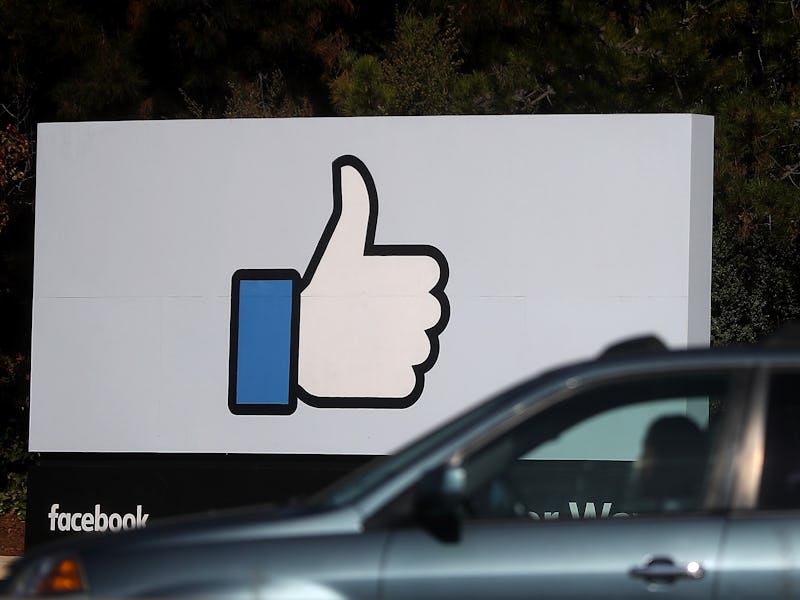Facebook Pioneer Fears Site Warps Minds. That's the Point, Says Psychologist
"If their platforms weren’t addicting, they would have failed financially."

Napster founder and original Facebook president Sean Parker has some serious issues with the social media site that made him a billionaire.
“I don’t know if I really understood the consequences,” he said at an appearance Wednesday at an event hosted by the news site Axios in Philadelphia. “It literally changes your relationship with society, with each other … It probably interferes with productivity in weird ways. God only knows what it’s doing to our children’s brains.”
Parker said he has become a “conscientious objector” to social media. But are the problems he describes an inherent feature or an avoidable bug of sites like Facebook? Inverse asked Karen North, a social media psychologist and director of the Digital Social Media program at the University of Southern California. She says the problems Parker described are an unavoidable part of how all social media sites operate, especially those that want to make any money off of their users.
During the event, Parker spoke candidly about how Facebook’s goal was always to monopolize users’ attention.
“The thought process that went into building these applications, Facebook being the first of them, … was all about: ‘How do we consume as much of your time and conscious attention as possible?’” he said, explaining each new like or comment on a post was like a dopamine hit for users. “It’s a social-validation feedback loop … exactly the kind of thing that a hacker like myself would come up with, because you’re exploiting a vulnerability in human psychology.”
Facebook didn’t invent these techniques, not even just in the context of social media. Kids’ obsessive behavior with social media all began with MySpace, when digital interactions like “Top 8 Friends” became a “gamified process,” North tells Inverse.
That was the beginning of researchers studying adolescent behavior and noticed social media potentially interfering of daily life of teens.
“Drugs and chemicals interact with the brain, and it’s the activities in our lives that stimulate these areas and chemicals in the brain.”
Yes, this includes getting likes and comments on selfies.
“The pleasure sensors and chemicals in the brain get triggered at exciting moments in movies and songs,” North says. The same reaction happens when using social media as a rewards system.
Sean Parker, Facebook's first president.
The difference is that with social media, you’re engaging with the media, not just consuming it. This builds an anticipation moment of excitement, which the brain knows will continue as long as you go back and feed it.
Scientists are now comparing whether or not kids’ screen time and activity have the same kinds of results as substance abuse or addiction.
While there is some data suggesting correlation, we don’t know this for sure yet.
What’s important to remember though, North says, is that there is a difference between addiction and abuse. When it comes to digital consumption, the two are often confused.
Addiction is reliance and dependence, with withdrawal symptom, which some kids have with platforms like Instagram and Snapchat.
On the other hand, abuse is when someone uses a substance to the extent of having it interfere with daily life. In other words, if you’re missing school or work, or events with friends and family, to be online you’re abusing social media.
The problem with Parker’s admission that social media has this effect on kids, North notes, is that it won’t change how these platforms operate to make money. At the end of the day, Facebook and Twitter are businesses, and the measure of success and ability to monetize is directly linked to with an addictive user base. Not to mention, with Facebook, Twitter and Snap Inc. being publically-traded companies answering to their shareholders, they have no choice but to monetize users’ “obsessive” behavior.
“The more people you can get on your site or app, and the longer they engage, the more money you make through ads and data sales,” North says.
These platforms are intentionally trying to make their users’ social experience sticky to keep people coming back, North says.
“If their platforms weren’t addicting, they would have failed financially by now.”